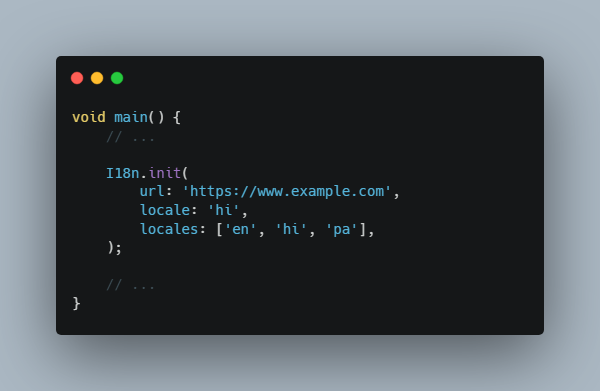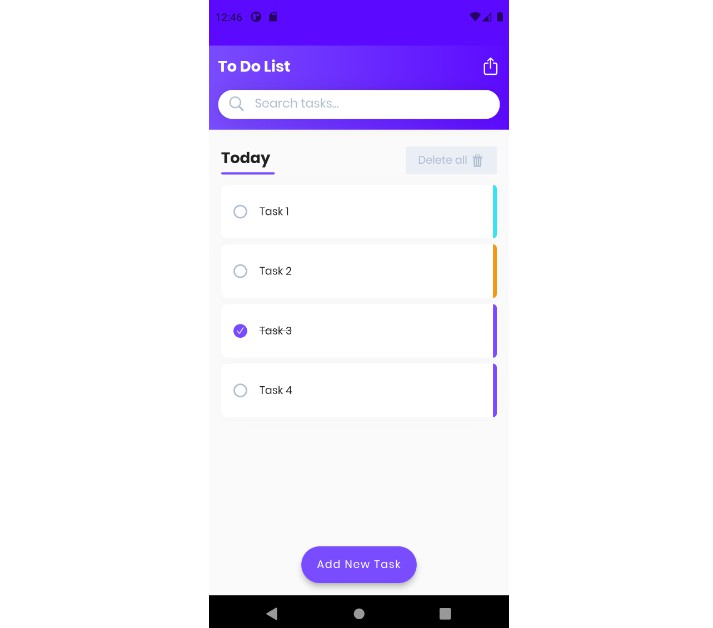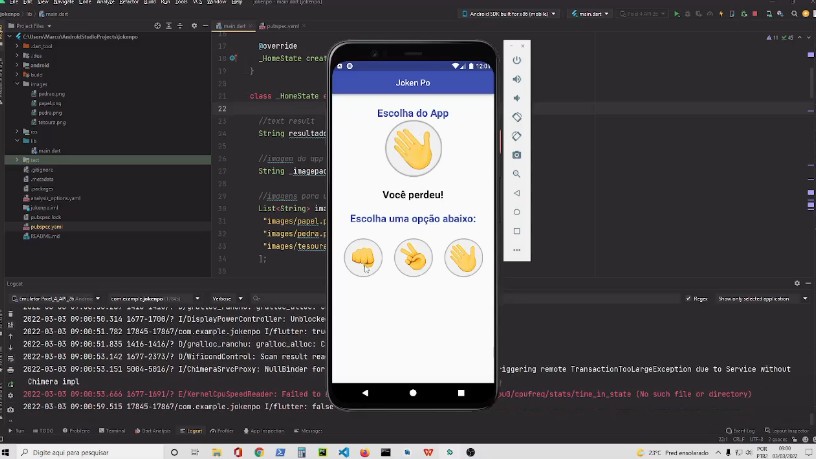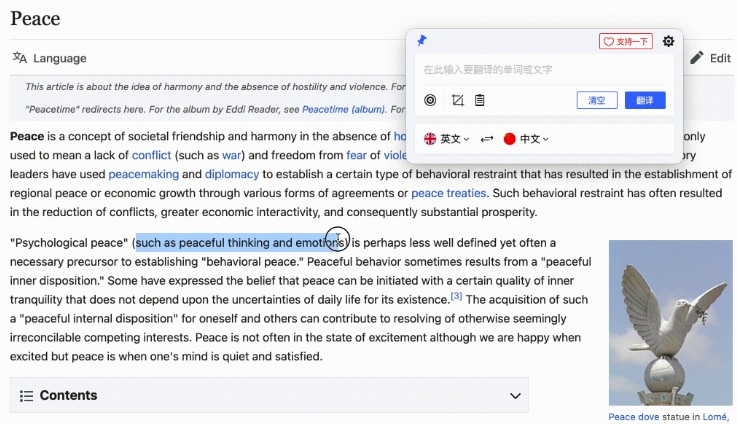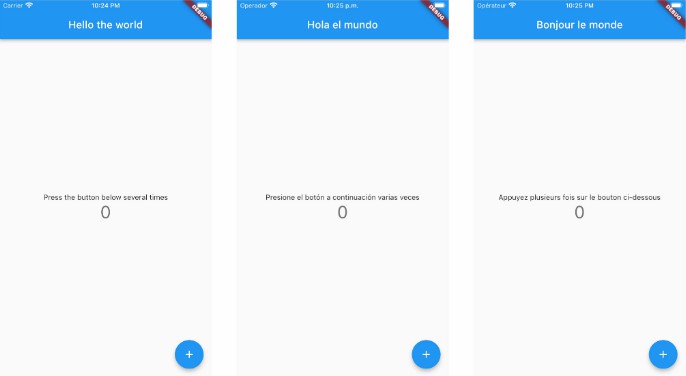Dynamically load translation in your app.
Getting started
Initiate I18n in your dart’s main() {}
void main() {
// ...
I18n.init(
url: 'https://www.example.com',
locale: 'hi',
locales: ['en', 'hi', 'pa'],
);
// ...
}
Now you can use I18n.builder anywhere in your code
Column(
children: [
// example 1: for Text
I18n.text('Who am I ?'), // Text('मैं कौन हूँ ?')
// example 2: with builder
// first build with given locale
// rebuild after translation fetching
I18n.builder('Who am I ?', (translatedText) {
return Text(translatedText);
}),
// example 3: with childBuilder
I18n.childBuilder(
'Who am I ?',
(translatedText, child) {
return Column(
children: [
Text(translatedText),
child, // same on both first and second build
],
);
},
Container(), // will be reused in rebuild
),
],
);
Server Setup
Set your server to respond in this way.
Request Method: GET
Request URL: https://www.example.com/hi.json
Response
Content-Type: application/json
[
{'en': 'How are you ?', 'hi': 'आप कैसे हो ?'},
{'en': 'Who am I ?', 'hi': 'मैं कौन हूँ ?'},
]
For single translation request library will send POST request in this format to url you have provided in I18n.init, according to above example it will be
Request Method: POST
Request URL: https://www.example.com/hi
{
'en': sourceText,
'target': targetLocale,
}
Response
Content-Type: application/json
{'en': 'How are you ?', 'hi': 'आप कैसे हो ?'}
